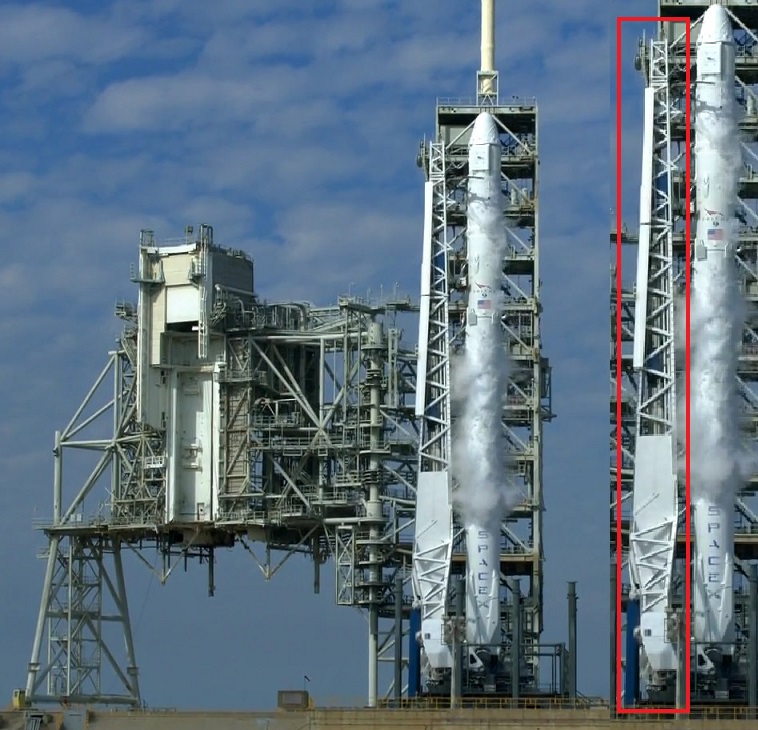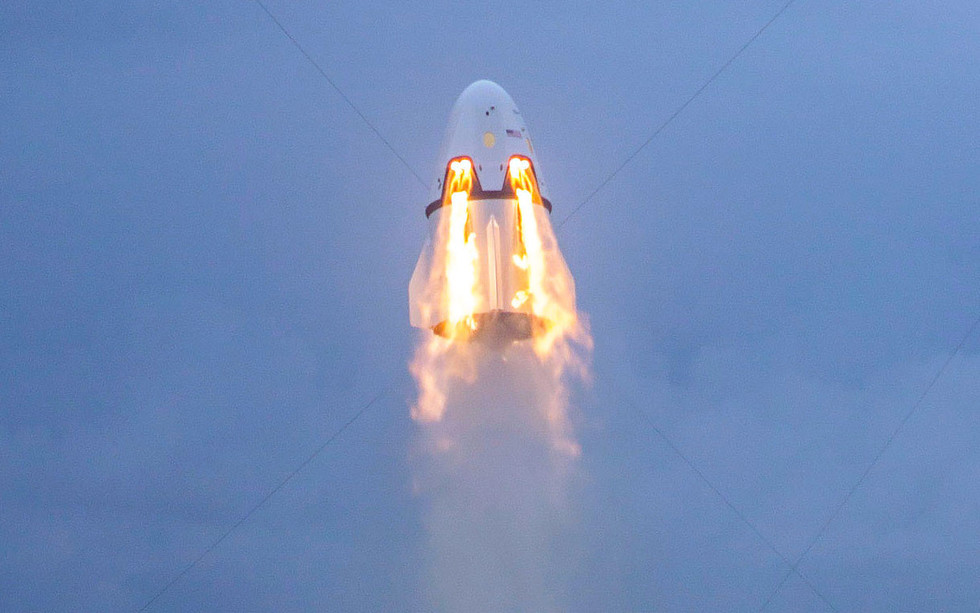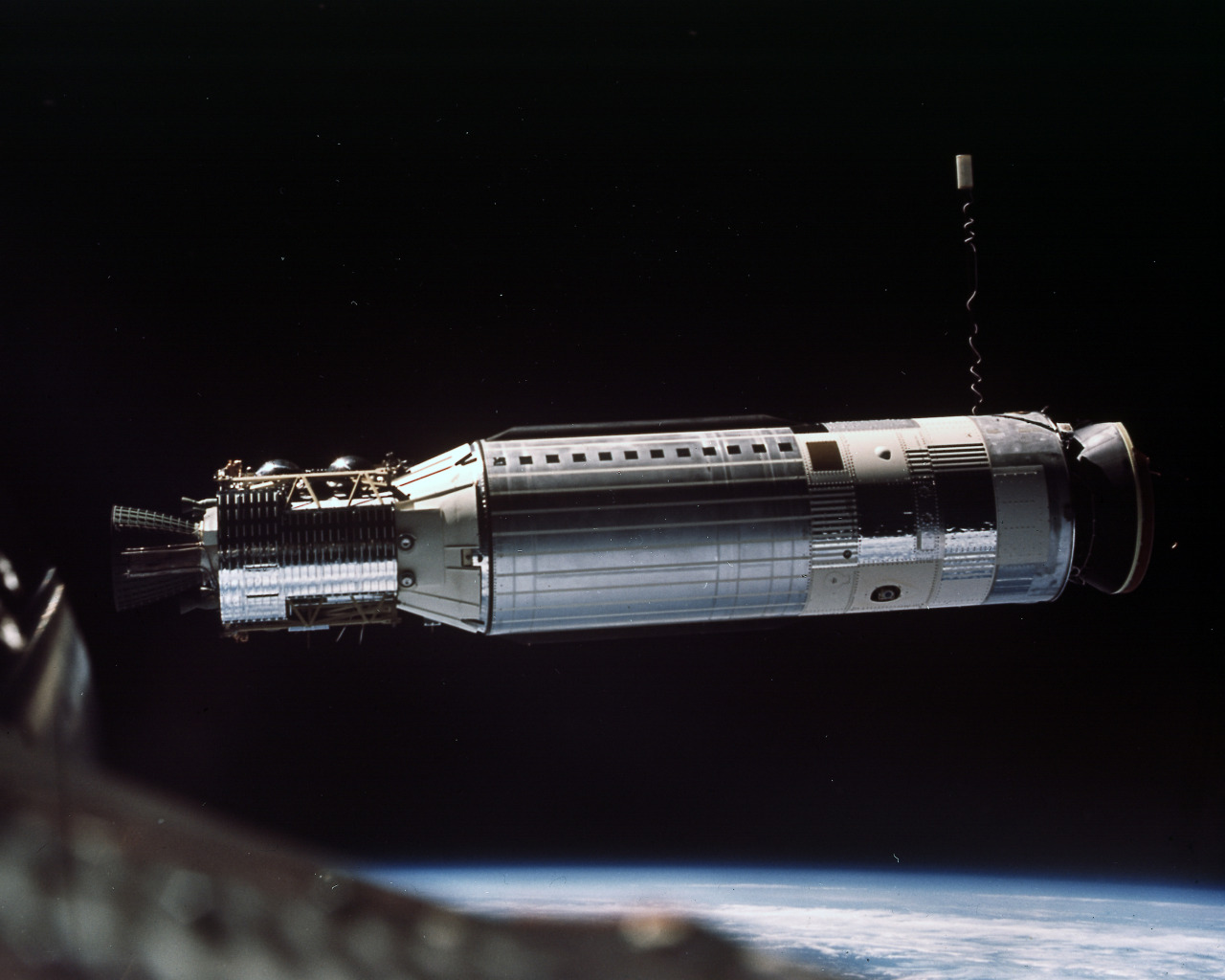Hello, dear users!
On the morning of September 29, 2017, on the final day of the IAC conference in Adelaide, Australia, the SpaceX head, Ilona Mask, will speak in which, apparently, he is going to announce a new concept of a spacecraft for long-range space flights, which is most likely a modified version of the concept ITS, presented to the public last September. It is assumed that as a result of the changes, the ship, in particular, will become almost twice less - in any case, there is information that the number of oxygen-methane Raptor engines at the first stage is planned to be halved from forty-two to twenty-one.
Therefore, on the eve of this announcement, I want as not a professional, but as an amateur of astronautics, to give my assessment of the original project.
I will begin in the order of the timing of the colorful video shown at the last conference.
Colorful video shown at the International Space Conference in September 2016Service tower
A lot of criticism has fallen on the service tower shown in the video. The main claims to it are general structural primitivism, made, apparently, for the sake of improving its aesthetic characteristics.
My opinion is, first of all, the appearance of the service tower in this video is only visually conceptual, and if the situation reaches a real project, it will be different, quite possibly more similar to what we see today. In addition, SpaceX, as its launch complexes are improved, generally comes to an increasingly neat and visually minimalist design - most likely not on purpose, but in the process of improving technologies to reduce the amount of interstart maintenance of launch facilities.
 Falcon 9 service mast at LC 39A, Kennedy Space Center
Falcon 9 service mast at LC 39A, Kennedy Space CenterEmergency rescue system
Further, the algorithm of the operation of the emergency rescue system during takeoff is not clear. You can't see the CAC towers or the built-in engines, like on the Dragon V2 or Boeing Starliner. There is the option of using the second-stage mid-flight engines as the CAC, but is there enough power and speed for them for this? Or maybe there will be a special detachable capsule in which the crew will be during the start? Or will the launch eventually take place without a crew at all, which will later be delivered to orbit by other ships? It is also possible that the SAS is not on the early leg of the flight, as it was on the Shuttle. In this case, this is a minus of this concept.
 Test of the emergency rescue system of the spacecraft Dragon V2
Test of the emergency rescue system of the spacecraft Dragon V2Second stage and space ship
The next point is largely related to the previous one - the idea of combining the second stage of the launch vehicle and the manned spacecraft was also criticized. In addition to the consequences, in the form of the difficulty of creating the CAC system, the very concept of combining a spacecraft with a stage is criticized - sometimes they even say that no one ever did or planned it, and SpaceX did not guess from experience that this was not the case. This same part of the criticism can be answered by the fact that the similar architecture of the spacecraft was seriously planned and worked out by NASA and its private space contractors for use in the early concepts of Space Shuttle [1]. Another example is the
Venture Star . They rejected such arrangements for political and financial reasons rather than technical ones. In addition, in fact, a similar layout was successfully implemented in the overclocking unit
RM-81 of Agen , which was often inseparable from useful loading. So, SpaceX was not invented in principle here, and they used the technique already worked out by experienced developers. As a result, this aspect is more thoughtful than it might seem.
 Overclocking unit RM-81 "Agena"
Overclocking unit RM-81 "Agena"Landing first stage
Another controversial point is the return of the first stage to the launch site and the landing directly on the launch pad. The option of returning back to land instead of landing on a barge along a flight path requires a much larger amount of fuel in the first stage and a much steeper launch trajectory, which leads to a strong reduction in the mass of the payload put into orbit. And the landing on the launch pad itself, apparently directly to the launch-holding gripping rocket, requires a very high precision of landing, and in case of failure is fraught with its damage. Both problems are serious, but generally fundamentally solvable. In addition, there is a certain reason in landing on the launching table - there is no need to search or build from scratch a barge of appropriate size, capable of catching and transporting the huge first ITS stage, as well as special means for its unloading and additional transportation by land to the place restart. In the end, like the launch tower, this moment can change and / or be just the cost of the presentation video.
 Returning the first step of the Interplanetary Transport System to the launch pad after launch
Returning the first step of the Interplanetary Transport System to the launch pad after launchFuel used
The next controversial point can be called the use of cryogenic fuel in a long interplanetary flight. The problem here is that the fuel components planned for use - liquid methane and liquid oxygen are in a liquefied state only at temperatures much lower than room temperatures and during a long flight they can heat up and boil. It is for this reason that toxic hydrazine and, for example, amyl, which can be stored in liquid form and at room temperature or electromotive systems in general, are commonly used as fuel on satellites and AMC. However, besides toxicity, hydrazine has several serious drawbacks to cryogenic fuel. In particular, its specific impulse, a critical parameter for space flight, leaves much to be desired compared to cryogenics. Also, according to the plans of SpaceX, after landing on Mars, they plan to produce fuel for the return flight from the local "raw materials", which is feasible for methane and oxygen. Finally, in its quest to reduce the cost of flight by unifying the nodes, SpaceX wants to use the same engine both on the first and second stages, as well as for orbital maneuvering, landing and taking off from Mars. This idea is criticized for the fact that usually no one has kept cryogenic fuel in orbit and on the surface of another planet for a very long time. Here we are talking about months or years. However, as in the previous paragraph, the criticism can be given in response to the fact that SpaceX did not reinvent the wheel here either, but largely follows NASA's developments. Organizing long-term storage of liquid hydrogen, which is more difficult to do than liquid manganese and oxygen methane in view of the requirements for a lower storage temperature and significantly higher permeability and volatility, was planned by NASA to create nuclear tugs as part of its proposed space program after Apollo in 60-70 [1] and as part of the
Constellation program at the beginning of the 21st century.
 NASA space tug from the program of 70 years on the left and from the Constellation program zero on the right
NASA space tug from the program of 70 years on the left and from the Constellation program zero on the rightNuance management
Another controversial point is such a nuance. According to the SpaceX concept, during landing on Mars or returning to Earth, the ship enters the atmosphere sideways with thermal protection, realizing, in essence, the aerodynamic design of a wingless glider, which was planned to be used, for example, in the Spiral and
Clipper program . At the same time, in almost empty huge tanks of the ship, remaining after acceleration for an interplanetary flight and possible orbit corrections, the fuel necessary for vertical landing at the final stage can splash heavily, which will make it very difficult to control the ship. The answer to this criticism are round internal tanks that are inside the main tanks of the second stage of the ITS. It is in them that the fuel remaining for planting should be in order not to splash in the process of planting.
 Slide dedicated to the upper stage / ITS spacecraft, which shows additional fuel tanks built into the main ones
Slide dedicated to the upper stage / ITS spacecraft, which shows additional fuel tanks built into the main onesThe above mentioned is the analysis of the project and, at least, a part of its most widespread criticism.
Other
To the controversial places of the project, you can also add the need to create a powerful reliable long-term life support system, especially if you plan for 100 passengers per flight, the possible impact of space radiation is an extremely controversial topic, even among real scientists and engineers, which in flight ITS is planned to weaken by targeting the ship with engines and tanks on the Sun, as well as reducing the flight time and, accordingly, the dose received for it, by spending additional fuel to accelerate to a higher speed.
Even many critics, paying attention to the above-mentioned aspects, did not mention the following interesting fact - with the growth of power and the specific impulse of the launch vehicle, the acoustic loads on its design greatly increase. According to the findings of NASA, for example, the acoustic load is equal to 5 degrees of specific impulse. [2] From this, NASA came to the conclusion that a booster rocket had a maximum carrying capacity, after which a further increase in thrust and specific impulse required such an increase in rocket design to protect against acoustic loads, that its boosted mass would compensate for the increase in rocket performance and, as a result , does not allow to increase the payload put into orbit.
Total
Summing up, I can say that from my personal point of view, the concept looks as a whole quite realizable from the technical side of the issue. And in my opinion, the problem of financing is much more difficult to overcome, even despite all the attempts to reduce the cost of design and construction of such a system by unification and reusability. Ilon Musk himself at the presentation calls amazing figures, according to which the entire project can be squeezed into just one billion dollars, which looks very fantastic and intriguing.
Sources:
[1] A brief history of the creation of the Space Shuttle - Kirill V:
vakhnenko.livejournal.com/239619.html[2] Burdakov V.P., Danilov Yu.I. Rockets of the Future 1980
[3] Wikipedia: wikipedia.org/